A world-famous tourist resort north of Agios Nikolaos, with lacy, windless sandy beaches, crystal clear…
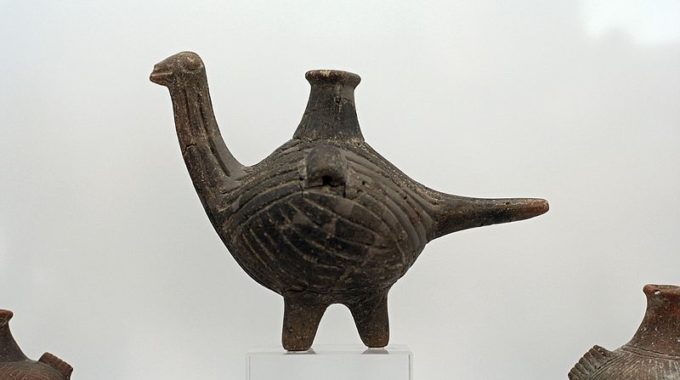
Ancient Cemetery in Agia Fotia
This is an area of great archaeological interest because, in addition to various chance finds and signs of habitation in the cave of Koufoto on the shore, a large necropolis came to light near the cave (at a place now known as Patima). 252 graves of the early minoan period were discovered and it is estimated that another 50 must have been destroyed by cultivation of the surrounding land. It is the largest Minoan cemetery so far found in Crete. The graves are of an early chamber tomb type with an antechamber and a main chamber, though there are also simple pit tombs which probably contained child burials. Almost all the tombs contained more than one burial.
The finds were very rich, including about 1800 vessels of various types and in excellent conditfon, an extremely interesting collection of bronze objects among which were fish hooks, daggers, spearheads etc, and also a number of noteworthy stone artefacts such as axes and querns. The finding of two lead zoomorphic amulets is considered important. The excavator, Ephor of Antiquities Kostis Davaras, believes that they lend substance to the view that lead, like silver, was regarded as a precious metal in the early Minoan period.
Some scholars believe that the cemetery belonged to the prehistoric Cycladic settlers in Crete.
From the book “Sitia”, N.Papadakis, Archaeologist,1983
Additional Info
Historical Period: Minoan Era (3000 BC-1200 BC)
Location: Agia Fotia village – 3km from Sitia
Opening Hours: Free to visit anytime
Access: For 800m non-asphalt road
Entrance Fee: Free – Not organized site
What to see in the area...
Archaeological Museum of Sitia
The Archaeological Museum of Sitia opened in 1984 and houses a significant collection, divided into four sections. The exhibits cover a period of approximately 4000 years, from the Final Neolithic…
Folklore Museum of Sitia
The Folklore Museum of Sitia was founded in 1975 by the educational and cultural association "Vintsenzos Kornaros". It contains many important folklore exhibits, mainly handwoven materials, embroideries, local costumes, furniture:…
Petras Archaeological Site
On a low hill (h. 40 m.) by the sea lies an important Minoan settlement. It had a large harbour and was the centre of an area bordered by Chamaizi…
Palekastro Archaeological Site
At the northernmost edge of the eastern coast of Crete lie the ruins of a settlement which flourished during the Late Minoan period (1550-1220 B.C.). At the same site, however,…
Tripitos Archaeological Site
Tripitos is a small peninsula sited 3 km from Sitia. An artificial shelter for ships dug in the rocks, has been found there and is dated from the Hellenistic period…
Pressos Archaeological Site
The important ancient city of Pressos was the homeland of the Eteocretans--the true Cretans. These people withdrew to these three hills, built a city and continued their Minoan culture when…
Where to stay in the area...
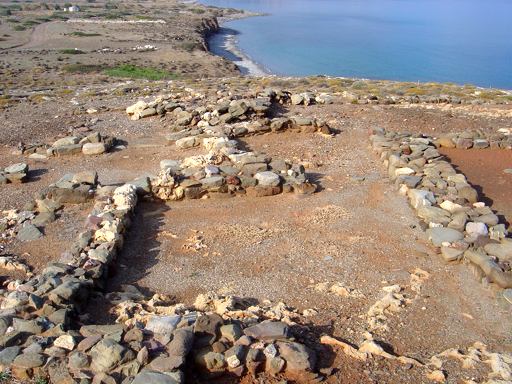
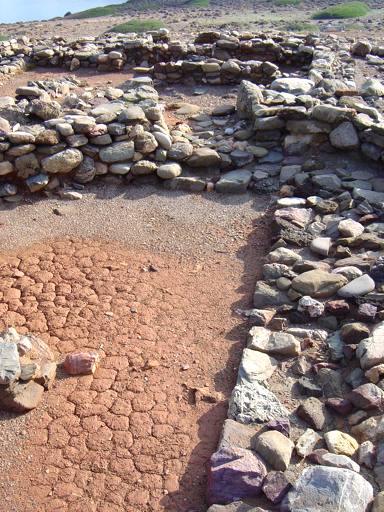
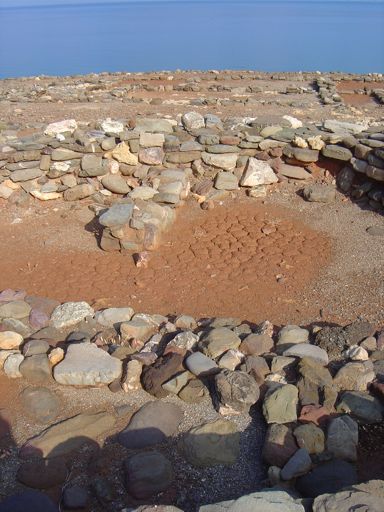
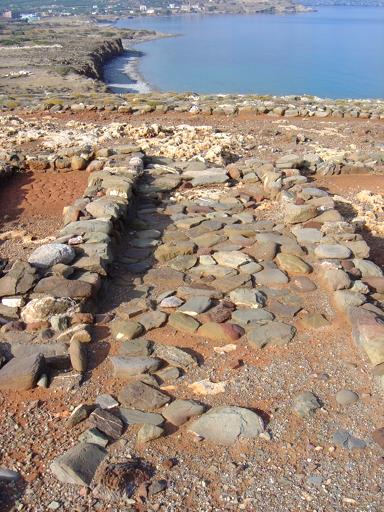
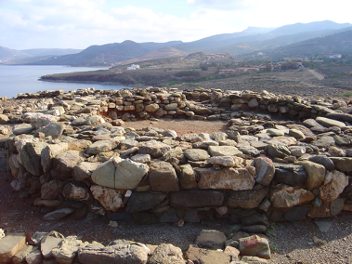
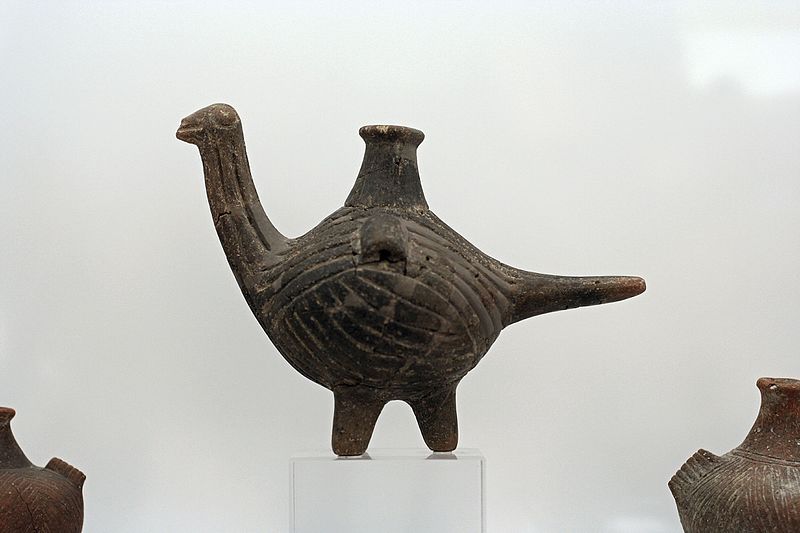
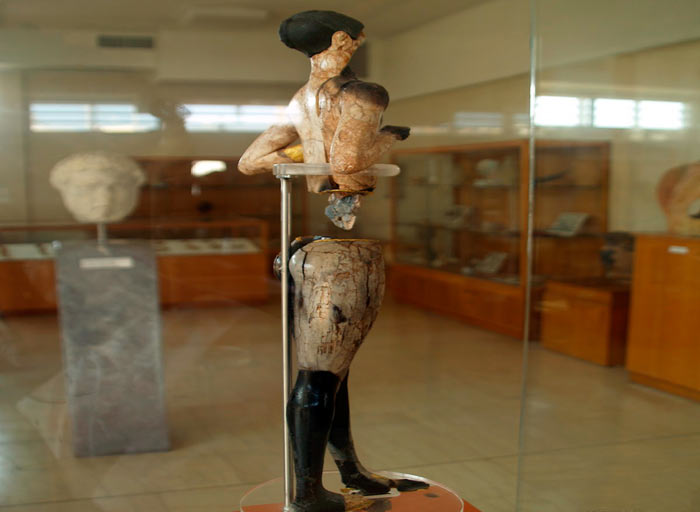
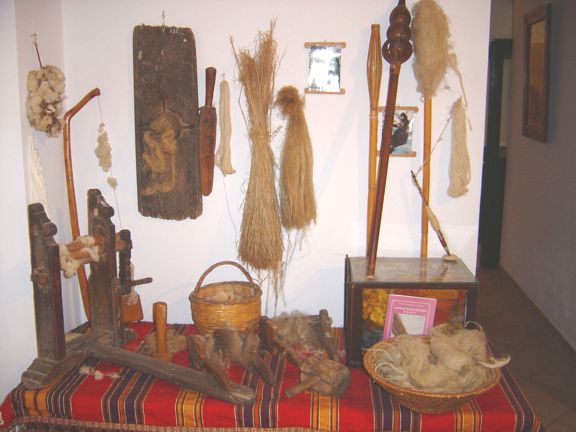
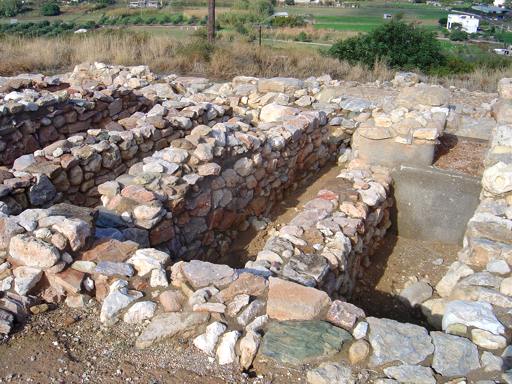
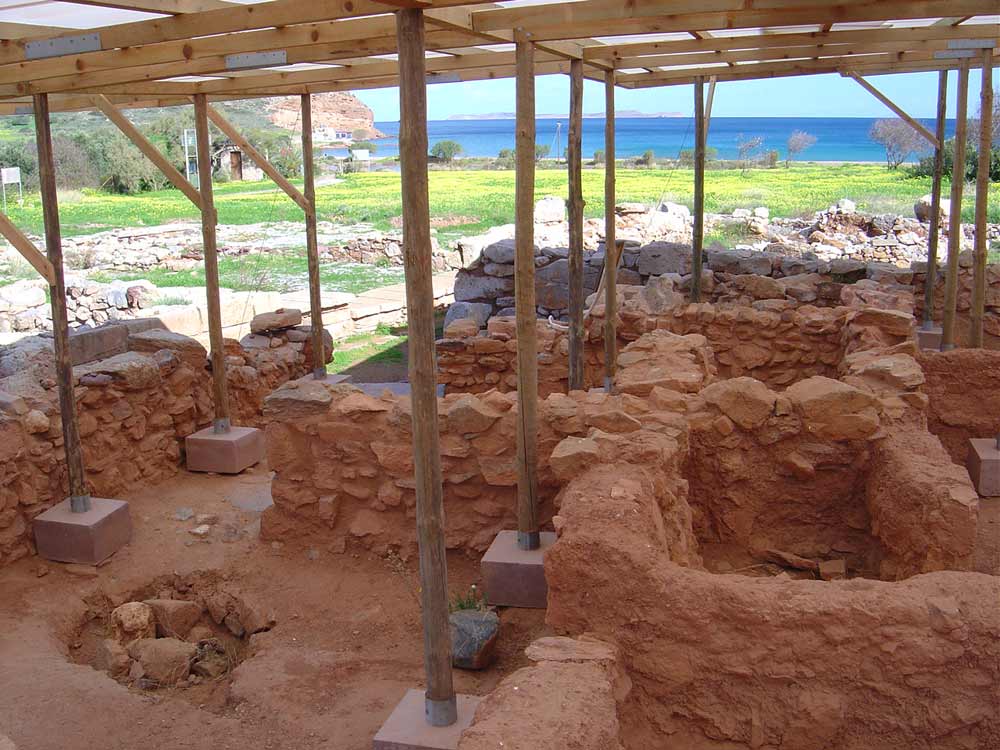
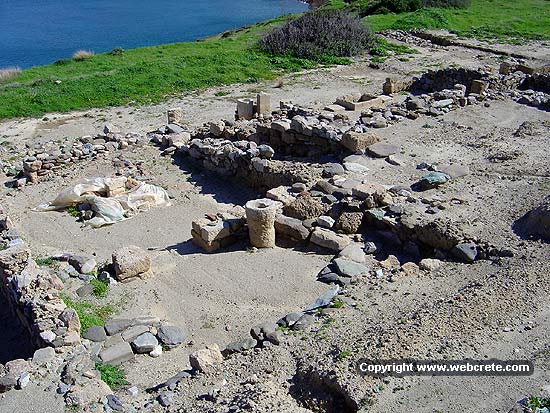
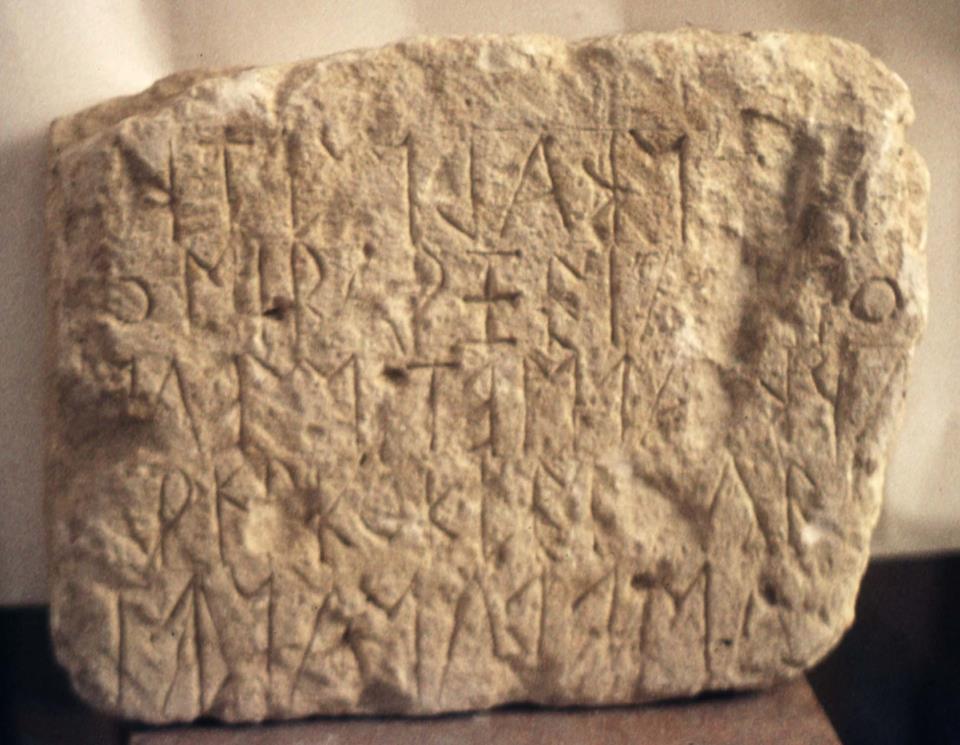
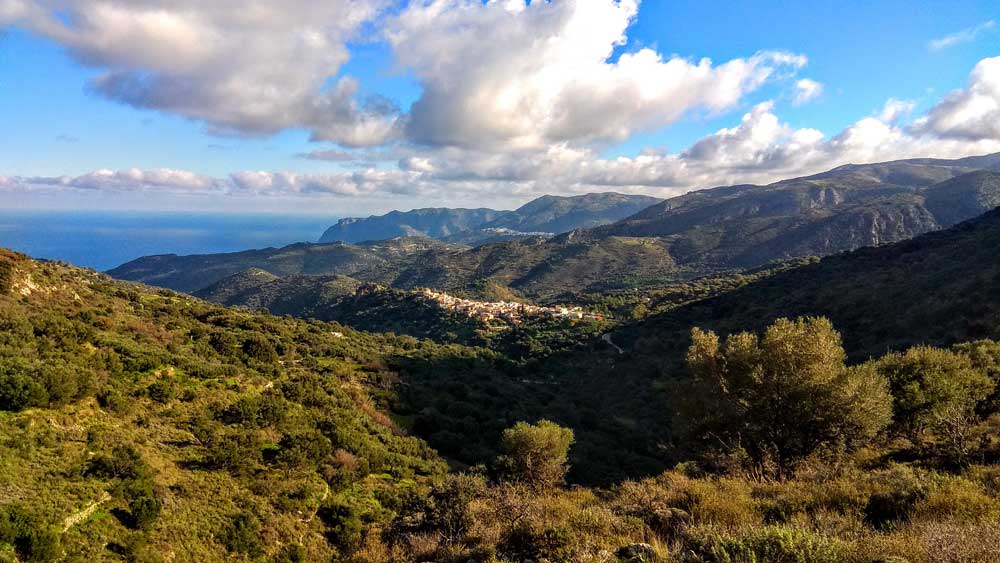
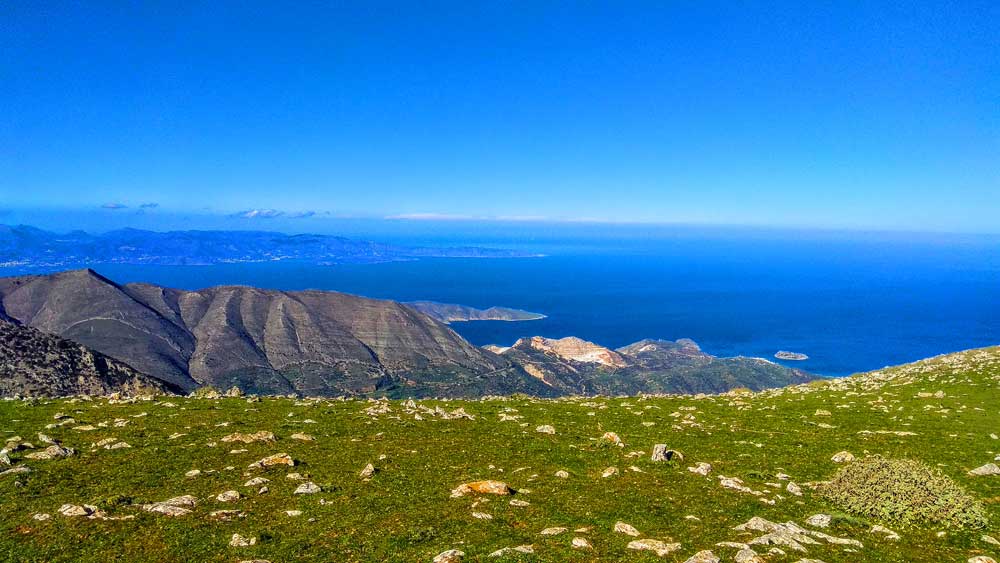
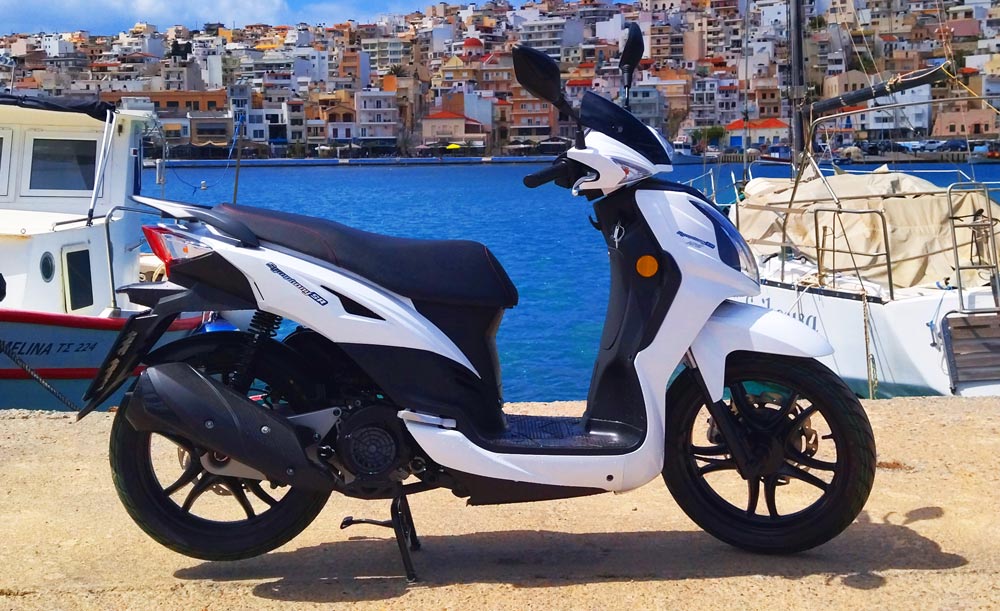
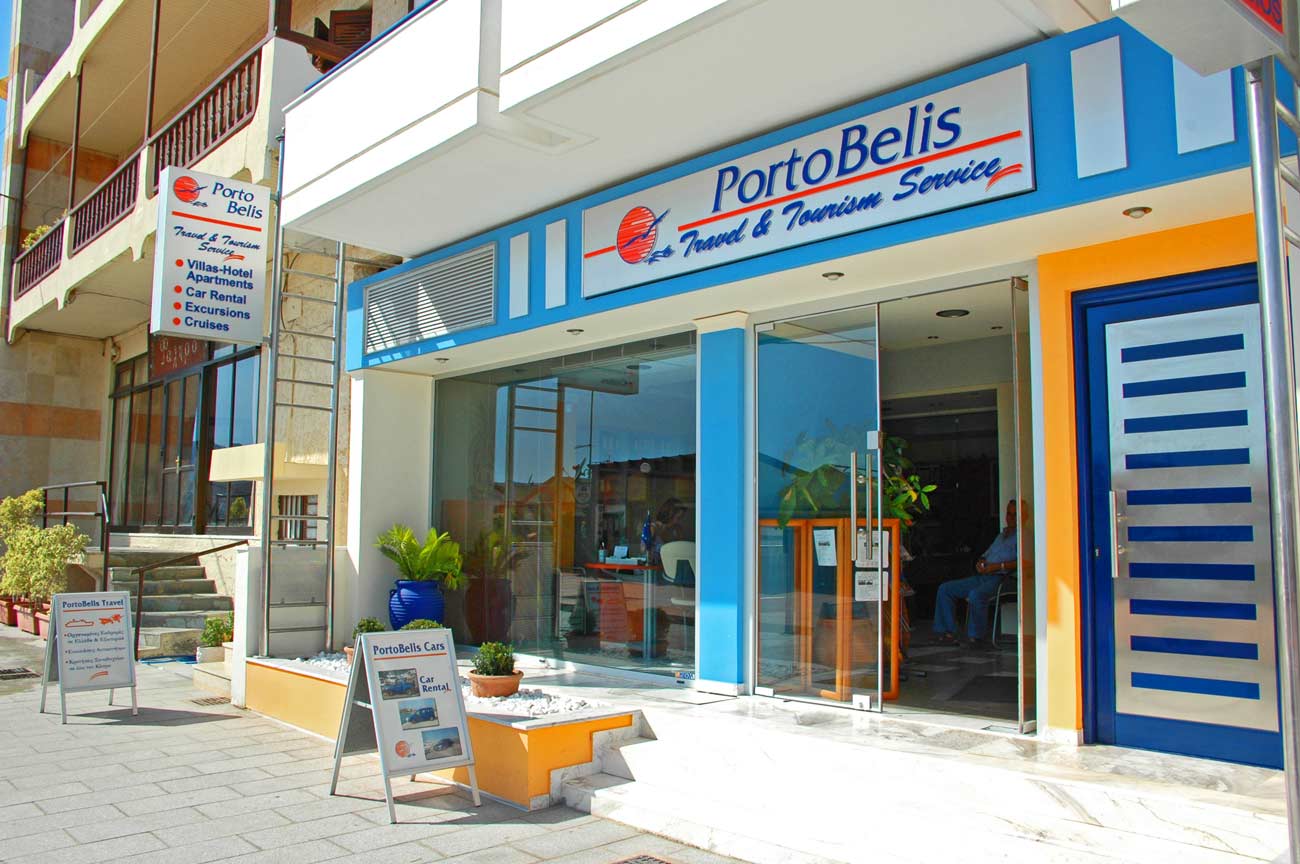
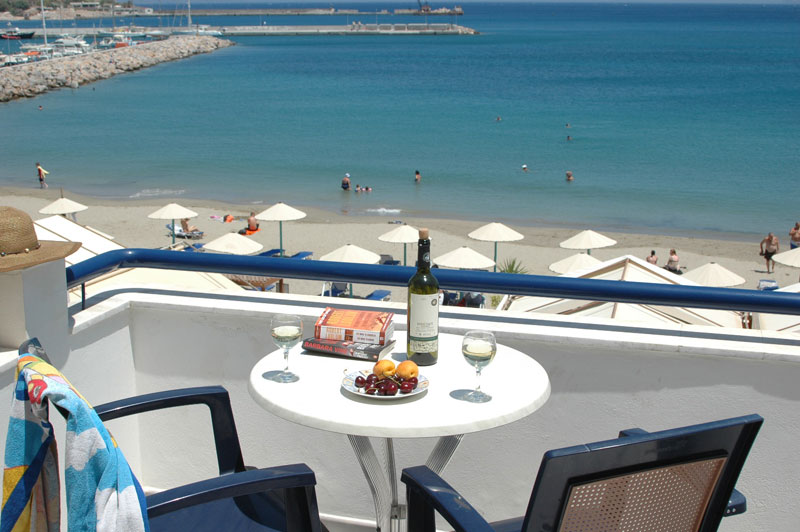
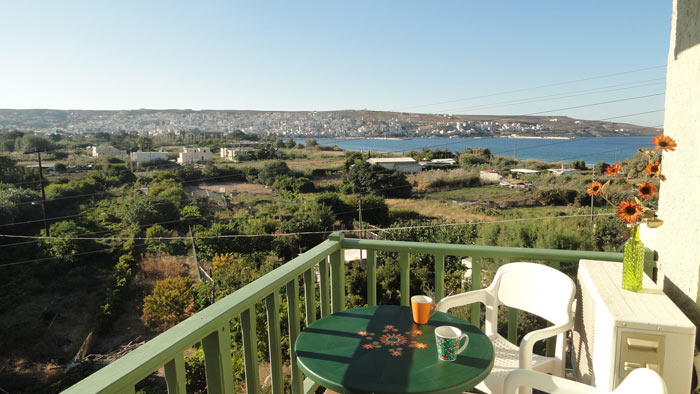
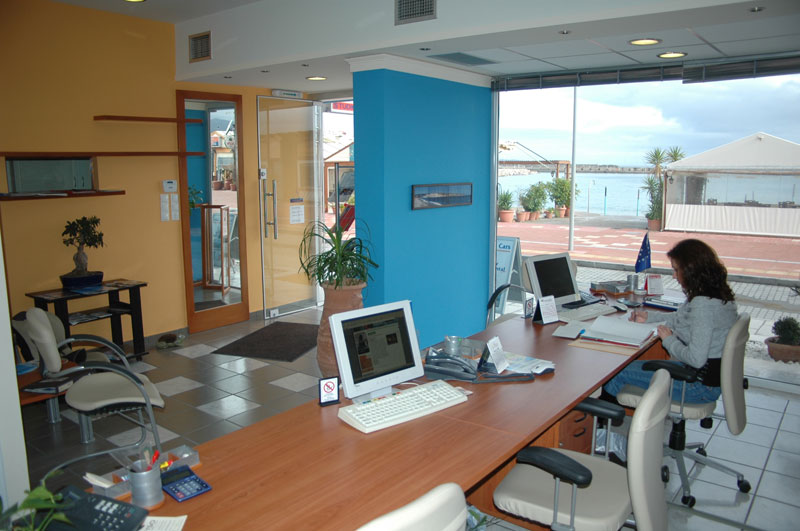
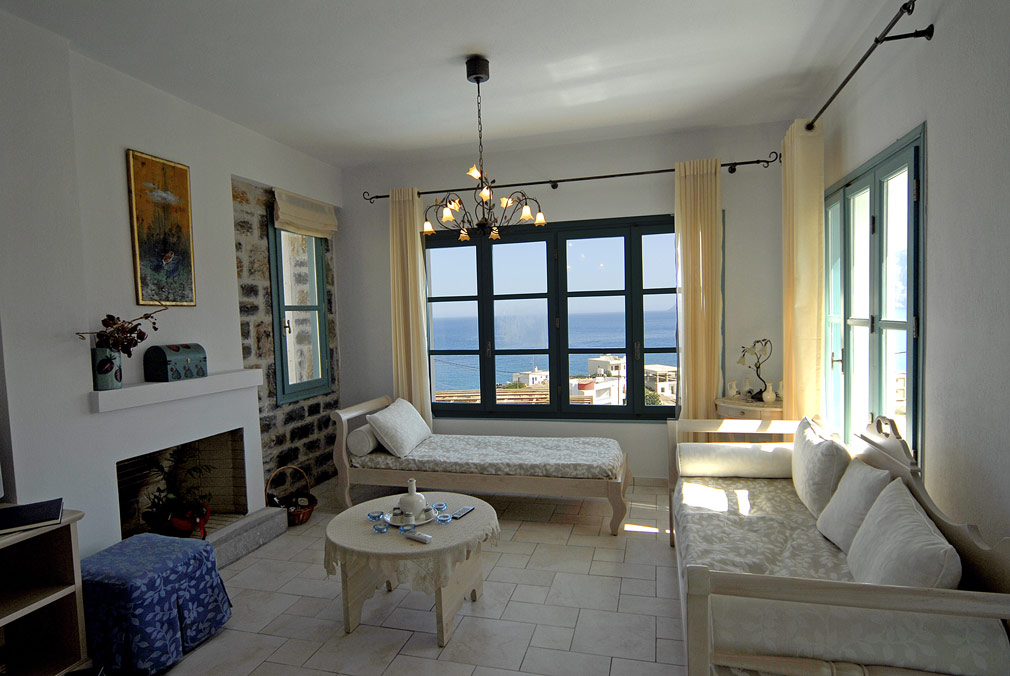
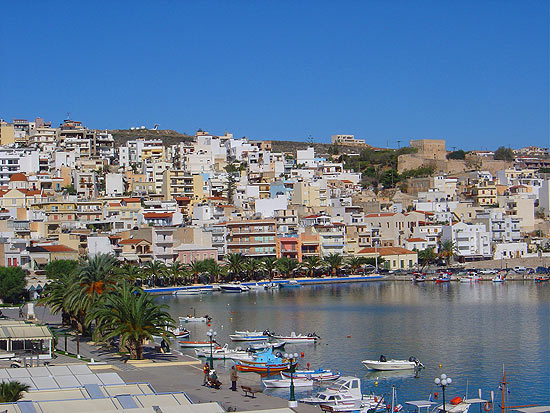
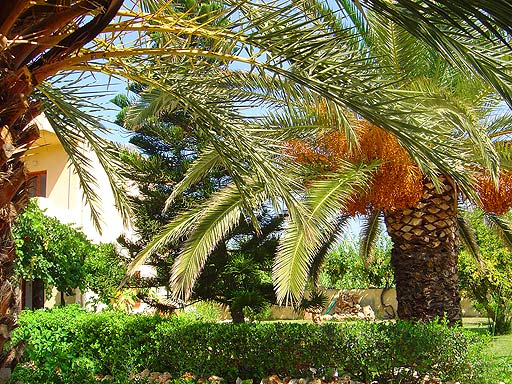
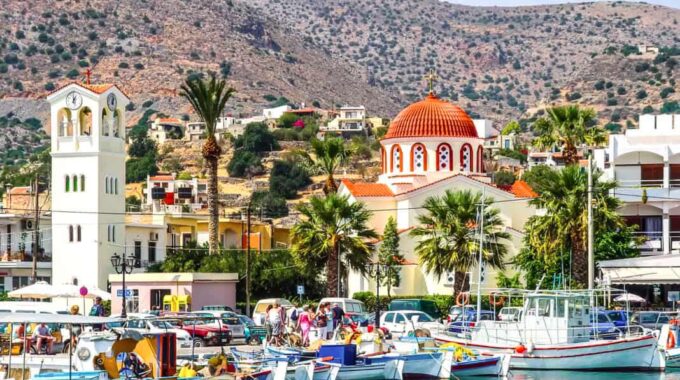
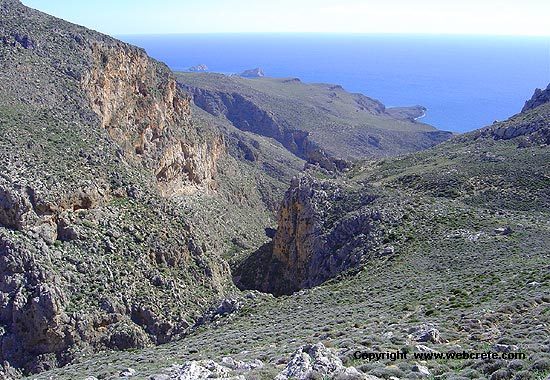
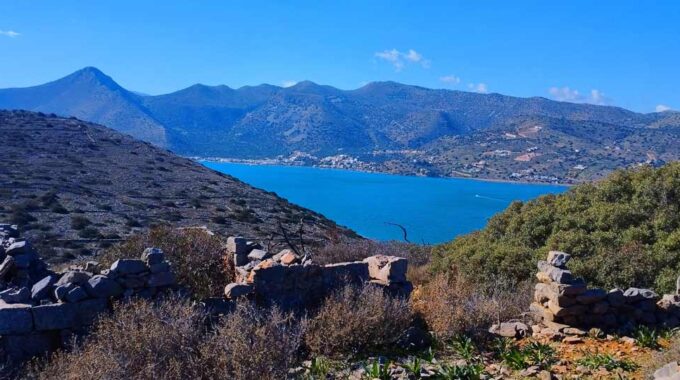
This Post Has 0 Comments